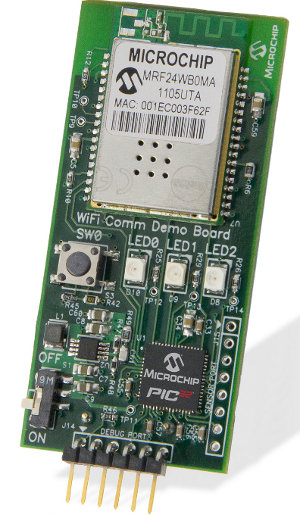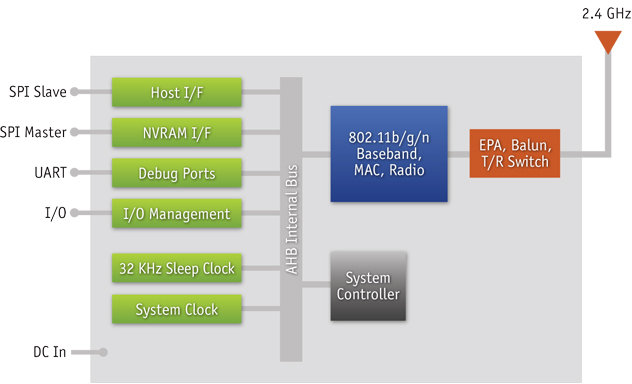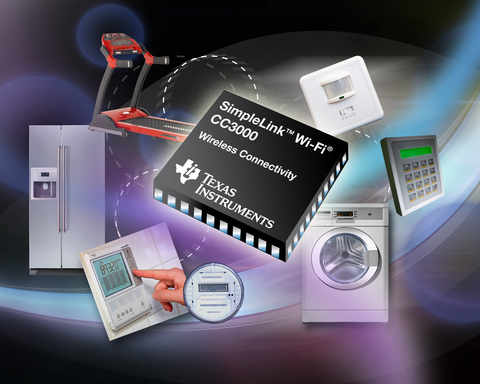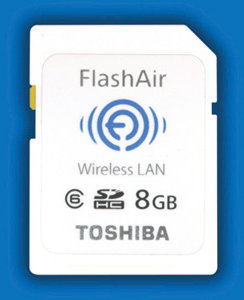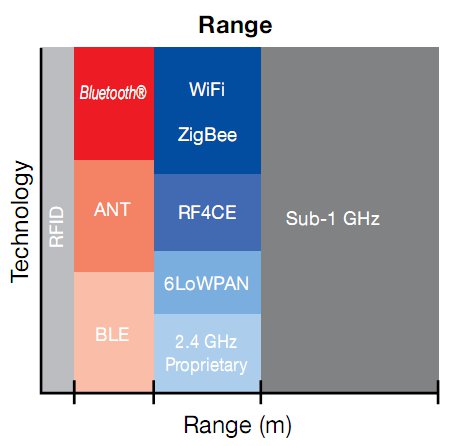Shenzhen Tena Electronics showcased an interesting “Smart Box” that can mirror a device display (smartphone, tablet, laptop..) on a TV via Wi-Fi at the Shenzhen Electronic Fair, on 10-11 April, 2012. In the video below shot by Charbax, an HTC smartphone, running a specific Android application (apparently not available on Google Play), plays back a 720p movie which is displayed on a television via sztena’s Smart Box. It’s rather choppy, but there may be quite a lot of noise with all the WiFi signals at the exhibition. I very much like this concept, but the current retail price (999 RMB – about 160 USD) makes it unattractive to me for tasks such as video playback or checking email. However, provided it’s smooth enough, games using accelerometer and gyrometer might be fun to play. Imagine a car racing game, where your mobile phone or tablet is your steering wheel and gear […]
Microchip Unveils Wi-Fi Comm Demo Board with 32-bit PIC32 MCU
After TI and Qualcomm, here’s another WiFi solution for MCU aimed at the internet of things (IoT). Yesterday, Microchip Technology announced the Wi-Fi Comm Demo Board, which combines a Microchip 32-bit PIC32 microcontroller (PIC32MX695F512H) with a low-power MRF24WB0MA embedded Wi-Fi radio transceiver module. This small (and cheap) demo board can be used to integrate with existing embedded designs and/or to evaluate Wi-Fi connectivity with a 32-bit MCU. Contrary to TI and Qualcomm, the IP network stack is not implemented in hardware, but Microchip provides a TCP/IP stack that can be freely downloaded at http://www.microchip.com/get/A3VP. This TCP/IP stack includes HTML, DHCP, DNS, IPv4/v6, SSL, etc… (See diagram below) The memory footprint is 28-34 KB depending on the modules used. I could not find details about power consumption, but the company claims their solution can also run with just 2 AAA batteries. Microchip explains that this solution can enable the rapid growth […]
Qualcomm Atheros AR4100P Provides WiFi Connectivity to the Internet of Things
In January, Texas Instruments was the first company (to my knowledge) to release a WiFi chip for the internet of things, the SimpleLink Wi-Fi CC3000, where WiFi is mostly implemented in hardware to lower power consumption. Now, the company has some competition with the announcement of Qualcomm Atheros AR4100P, an improved version of its AP4100 WiFi chipset, including IPv4/IPv6 support. The AR4100 targets the home, enterprise, smart grid and home automation and control applications that have lower data rates and transmit or receive data on an infrequent basis. The AR4100 system-in-package (SIP) features the following: Low energy Power saving modes as low as 5 µA Wake-up times as low as 2.2 ms Support for Quad SPI flash for faster wake times Low system resource requirements Low footprint host driver (25K Flash and 8K RAM) Simple, low-cost wireless system integration LGA package simplifies 2- or 4-layer PCB design Near zero RBOM […]
Linaro 12.02 Release with Kernel 3.3-rc
Linaro has just released version 12.02 based on Linux Kernel 3.3-rc and Android 4.0.3. Among the key points, they have started to work on Freescale i.MX6 SabreLite board, included libav 0.8 to Ubuntu images which provides up to 160% performance improvement while playing real-media videos and XBMC is available via PPA. Here are the highlights of the release: Android Linaro Android can now be built with current GCC 4.7 snapshots. A 4.7 based toolchain build preview is also available. Linaro Android can boot on iMX6 Sabrelite boards. All test result spreadsheets have been streamlined and are now easier to use. Bluetooth enablement have been completed for the Origen board. A Prototype of using camera on Snowball was made. Presentations Given by Linaro Android Team this cycle “Binary Blobs Attack!!!” – Embedded Linux Conference. “What Android and Embedded Linux can learn from each other” – Embedded Linux Conference. “Integrating Projects Using […]
TI SimpleLink Wi-Fi CC3000 Brings WiFi Connectivity to All Devices
Yesterday, Texas Instruments unveiled the SimpleLink product family, a portfolio of wireless connectivity technologies for low-power, low-cost embedded applications, which includes self-contained wireless processors supporting Wi-Fi, ZigBee, 6LoWPAN, and ANT. The most noticeable product is the SimpleLink Wi-Fi CC3000, a self-contained 802.11 (WiFi) network processor, that can be added to any embedded application and provide WiFi connectivity to the Internet of Things. With this solution, you can add WiFi to any device, even those powered by MCUs without operating systems such as dishwashers, toasters, refrigerators, thermostats, and factory automation equipment. I wish they’ll make new version of the MSP430 Chronos Wireless Watch with WiFi connectivity, this would remove the need for the RF Dongle. This solution features TCP, UDP and IP software stacks in the chip, it consumes 0.5% of the resources as compared to traditional Wi-Fi and only requires 6KB Flash and 3KB RAM. The company claims it can be […]
Can You Really Boost your Wifi Router Signal with a Beer Can?
I’ve recently come across an interesting and amusing story entitled “Boost Your WiFi Signal Using Only a Beer Can” on discovery channel website. I’ve said to myself that I’ve got to try with my WiFi router. The interesting part is that my WiFi router (TP-LINK TL-WR940N) has 3 antennas, so I had to diligently drink three beer cans (LEO brand, the best local beer in Thailand). Once this was done, I had all that I needed, besides a pair of scissors, a utility knife and some double faced tape. The next step was to clean the beer cans, let them dry and cut the bottom and top of the beer cans as described on discover channel blog post. There is no dotted red line on LEO beer cans, but there are yellow horizontal lines that make this can perfect for the job. After less than 5 minutes of hard work, […]
Meet the Wifi SD Card: Toshiba FlashAir
Toshiba is currently showcasing the Toshiba AirFlash – a new Wifi-Enabled SDHC card – at IFA 2011 in Berlin (2-7 September 2011) The card features an embedded wireless LAN chip that allows it to both transmit and receive files wirelessly. The FlashAir is reportedly the world’s first SDHC memory card with embedded wireless LAN functionality to meet the SD Memory Card Standard. Previously other SD cards such as Eye-Fi allowed Wi-fi connectivity, but the Eye-Fi could only transmit files from a camera directly to another Wifi device, the FlashAir can receive and transfer by using point to point connection and a router is not needed. The FlashAir can be fully configured thanks to a configuration file located in the SD Card, so that you can select the IP of the SD Card, the wifi security settings such as WEP, WPA, WPA2… and more. The Toshiba FlashAir will be sampled starting […]
List of Wireless Standards for Local and Personal Area Networks
While designing your embedded system, you may have to choose between different wireless standards to match your needs. I’ll provide a list a short and mid-range wireless standards, their description and links to open source software stacks (when available) to help you better understand the different options available. Wide Area Network wireless network such as LTE, Wimax, etc.. won’t be discussed in this blog entry. Mesh and IP Networks: Wifi (IEEE 802.11): Wifi is probably the most used wireless standard in consumer electronics devices today as it allows users to connect their device to their LAN wirelessly. An access point has a typical range of about 20 meters indoors and up to 100m outdoors. There are 4 standards 802.11a 802.11b, 802.11g and 802.11n. The latest has a theoretical throughput of 300 Mbps. Check out Wikipedia Wifi page for details. The Wi-Fi stack is part of the Linux kernel but you […]



